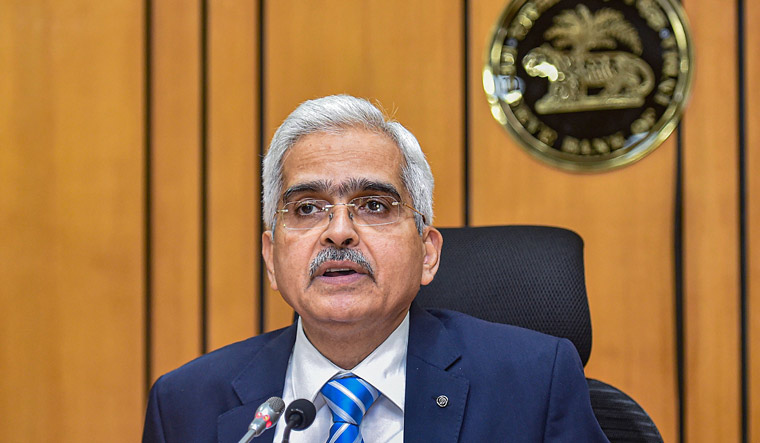In the last few months, central banks around the world have slashed interest rates as a part of broader monetary stimulus measures to lift economies ravaged by the COVID-19 pandemic. The Reserve Bank of India (RBI), too, had cut the repo rate by 115 basis points since March, as stimulating growth took centerstage. However, with the eyes also on inflation, which has trended above its target band, the RBI on Thursday kept its benchmark rate at which it lends banks unchanged at 4 per cent, even as it flagged that revival of growth would assume primacy.
The reverse repo rate was also left unchanged at 3.35 per cent and the bank rate at 4.25 per cent.
Most economists and market analysts were expecting the central bank to maintain a status quo. “The MPC voted unanimously to leave the policy repo rate unchanged at 4 per cent and continue with the accommodative stance of monetary policy as long as necessary to revive growth, mitigate the impact of COVID-19, while ensuring that inflation remains within the target going forward,” RBI Governor Shaktikanta Das said in his address.
The RBI has targeted consumer inflation to be in the range of 4 per cent, plus or minus 2 per cent. Headline retail inflation, which was at 5.8 per cent in March, rose to 6.1 per cent in the provisional estimates for June 2020.
According to the MPC, a more favourable food inflation outlook may emerge as the bumper rabi harvest eases prices of cereals, especially if open market sales and public distribution offtake are expanded on the back of significantly higher procurement. Nonetheless, upside risks to food prices remain, he said.
“The abatement of price pressure in key vegetables is delayed and remains contingent upon normalisation of supplies. Protein-based food items could also emerge as a pressure point. Higher domestic taxes on petroleum products have resulted in elevated domestic pump prices and will impart broad-based cost push pressures going forward,” the governor noted.
RBI’s MPC now expects headline inflation to remain elevated in the second quarter, but a likely ease in the second half of the year ending March 2021 is expected, aided by favourable base effect.
On the growth front, rural economic recovery is expected to be “robust” and manufacturing firms, too, expect domestic demand to recover gradually from the July-September quarter. However, consumer confidence seems to have turned more “pessimistic” in July, relative to the preceding round of RBI survey, the central bank pointed out. External demand is also expected to remain anaemic under the weight of global recession and contraction in global trade, it said.
In the current year ending March 2021, the RBI expects India’s real GDP growth will remain in negative territory.
India had been battling an economic slowdown even before the pandemic. Since February 2019, RBI reduced repo rate by as much as 250 basis points. Yet, transmission of interest rates by banks had been an issue.
On Thursday, Das noted that the transmission to bank lending rates had improved further. Compared with the 115 basis points repo rate cut since March this year, the weighted average lending rate on fresh rupee loans declined by 91 basis points during March-June 2020. The spreads of AAA-rated corporate bonds over G-Secs (government securities) of similar maturity also declined from 276 basis points on March 26, 2020 to 50 basis points by the end of July. Even on the lowest investment grade bonds (BBB-), the spreads have come down by 125 basis points, according to the RBI MPC statement.
The MPC noted that “extreme uncertainty” characterises the outlook, which is heavily contingent upon the intensity, spread and duration of the pandemic—particularly the heightened risks associated with a second wave of infections—and the discovery of the vaccine. In this backdrop, reviving the economy would remain important, it said. This suggests a future rate cut is not off the table for now.
“In an environment of unprecedented stress, supporting recovery of the economy assumes primacy in the conduct of monetary policy. While space for further monetary policy action is available, it is important to use it judiciously to maximise the beneficial effects for underlying economic activity. At the same time, the MPC is conscious of its medium term inflation target,” voiced Das.
Most estimates by credit rating agencies, multilateral agencies and investment banks see India’s GDP shrinking by anywhere between 2.5 per cent to 6 per cent.



